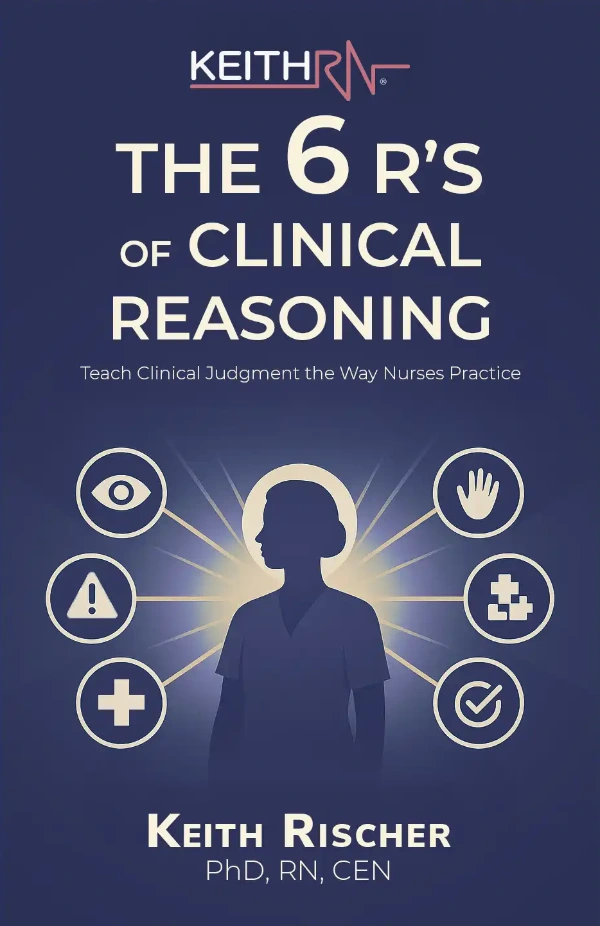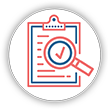
As competency-based education (CBE) becomes the standard in most programs, your role as an educator becomes even more crucial. I am here to share key insights from the 2024 NLN Summit and the AACN Essentials, empowering you to lead and navigate this paradigm shift in nursing education.
Why Competency-Based Education?
The most exciting aspect of CBE is that each competency attainment emphasizes preparing graduates for practice and bridging the gap between how nursing is taught and practiced.
Students are accountable for mastering a series of competencies so that upon graduation, they attain deep knowledge of what is most important to perform the skills needed for practice.
Simulation, particularly through unfolding case studies, was identified as a valuable teaching strategy for CBE, as it provides learners with opportunities to practice skills in a safe and controlled environment and apply theoretical knowledge to real-world scenarios.
Implement Best Practices
Unfortunately, the essence of what was shared at the Summit is not new information. In 2010, Dr. Patricia Benner and her coauthors shared a similar path to needed transformation in nursing education in their book Educating Nurses: A Call for Radical Transformation, which also advocated:
- Contextualizing content to practice using unfolding case studies that simulate practice
- Integrating classroom and clinical learning
- Emphasizing clinical reasoning/clinical judgment
When I began KeithRN over 12 years ago, I recognized the importance of these paradigm shifts. I created innovative case studies that are still unlike anything in the marketplace because they authentically unfold over time using open-ended questions that simulate practice using Tanner’s Clinical Judgment model.
Our Think Like a Nurse membership includes over 300 unfolding case studies and dozens of student worksheets that contextualize knowledge for practice.
One danger of CBE is that it can get all too easy to get lost in the weeds of the ten domains, dozens of competencies that are further broken down into sub-competencies in the AACN Essentials.
To keep it simple, if you do this one thing in your teaching, you will be on the path of transformation in your program:
Everything you teach requires context to the bedside to show students how a nurse uses and applies knowledge to practice.
Embracing this paradigm shift changes everything!
Why?
In the classroom, you will no longer present slide after slide of textbook information that students can read. Instead, you will emphasize meaningful active learning such as case studies that require students to apply knowledge to practice, rather than memorization to pass a test.
In the clinical setting, clinical paperwork that is too long and mostly busywork will be replaced by emphasizing real-world clinical thinking and clinical judgment questions, not a lengthy care plan with a precisely worded three-part NANDA nursing diagnostic statement.
The nursing profession and nursing education are in crisis. Yet, nurse educators who recognize the need for change and are willing to do what is needed are right where they need to be for such a time as this!
Closing Thoughts
Embrace your role as a change agent, be willing to take the hard, narrow road of transformational change, and you will be blessed knowing that as you look back at the end of your life, you made a difference to each student you taught, each patient they cared for, and the profession itself.
It truly is our pleasure and a privilege to partner with you!
Keith Rischer – PhD, RN, CEN
As a nurse with over 35 years of experience who remained in practice as an educator, I’ve witnessed the gap between how nursing is taught and how it is practiced, and I decided to do something about it! Read more…
The Ultimate Solution to Develop Clinical Judgment Skills
KeithRN’s Think Like a Nurse Membership
Access exclusive active learning resources for faculty and students, including KeithRN Case Studies, making it your go-to resource.






